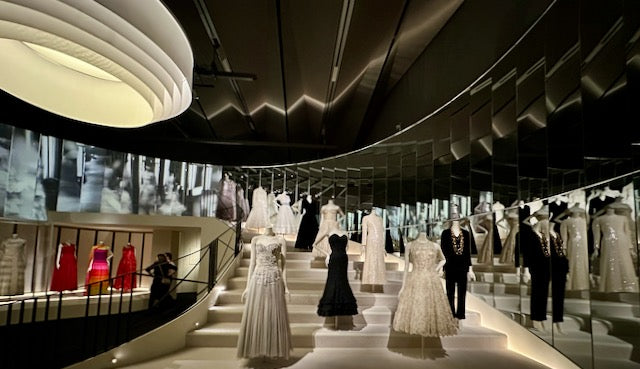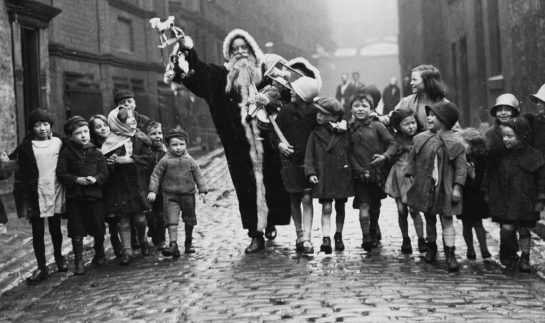 |
|
Coco Chanel in a Jersey suit, Biarritz, France 1928
The 1920’s fashionable silhouette lacked structure and was radically different to the Edwardian corseted fashions. This trend was started by Paul Poiret in 1900-1910s, who abandoned the corset and reinvented the neo-classical empire line dress, which had last been in fashion in the early 1800s.  'La Belle Journée' summer dress by Paul Poiret c.1920 By 1912, this straighter dress shape had been replicated by all the Parisian couturiers.  Dresses for the beach or golfing, by Jean Patou, 1922 Hemlines crept up during the war, in response to rationing, shortages and the practicalities of women having to go to work in the factories, to support the war effort. By 1918, all fashionable dresses were calf length.  Actress Norma Shearer wearing a spring suit made of crepe, c1920 Coco Chanel, was the next visionary designer to change women’s fashion. She identified that women wanted more comfortable clothing to help them embrace outdoor activities. In 1915, Chanel opened her boutique in Biarritz, selling leisurewear made in jersey; a fabric that had previously only been used for workwear for the working classes.  Day dresses, c.1928, similar in style to Coco Chanel's 'Little Black Dress' of 1927. Chanel's pauvre chic or ‘poverty chic’ fashions were a great success; exquisitely made and lined in luxurious materials, such as silk |
The Fashionable Silhouette
Posted by Deco London on



